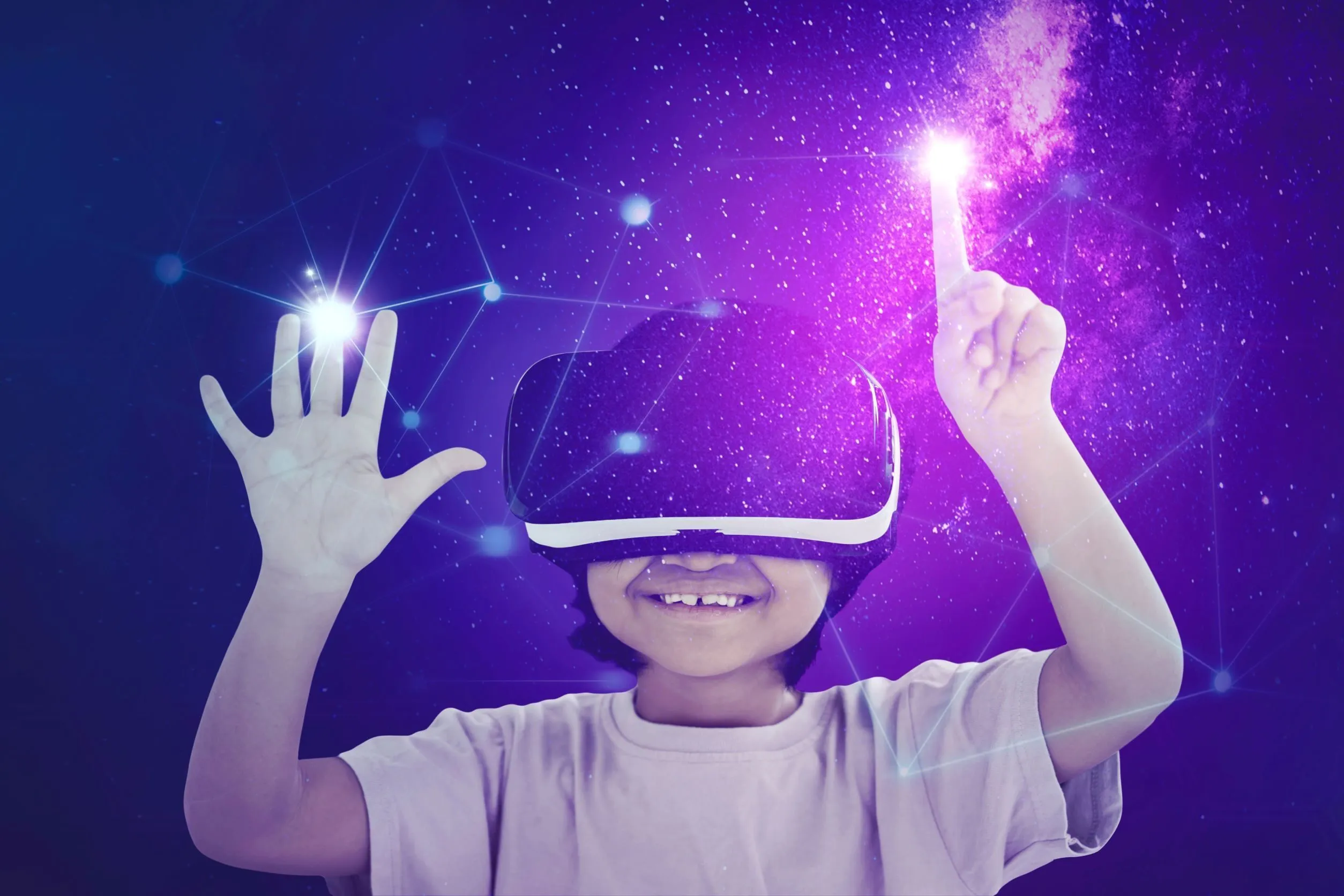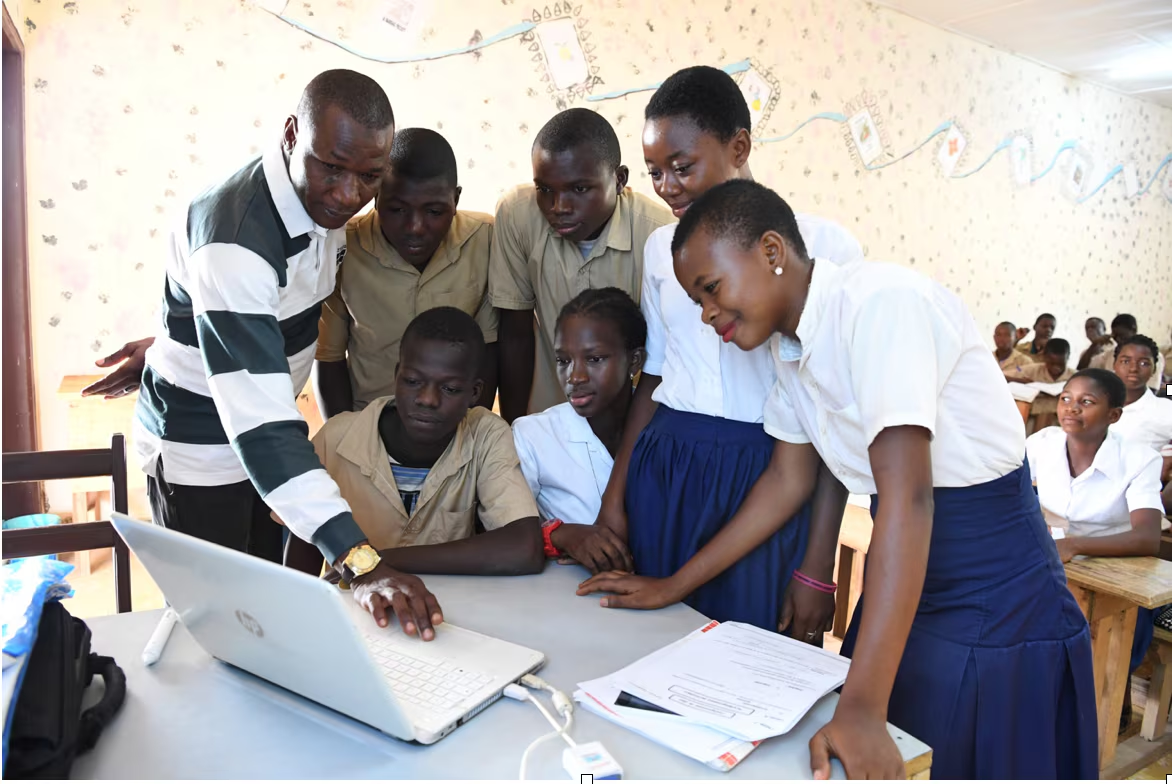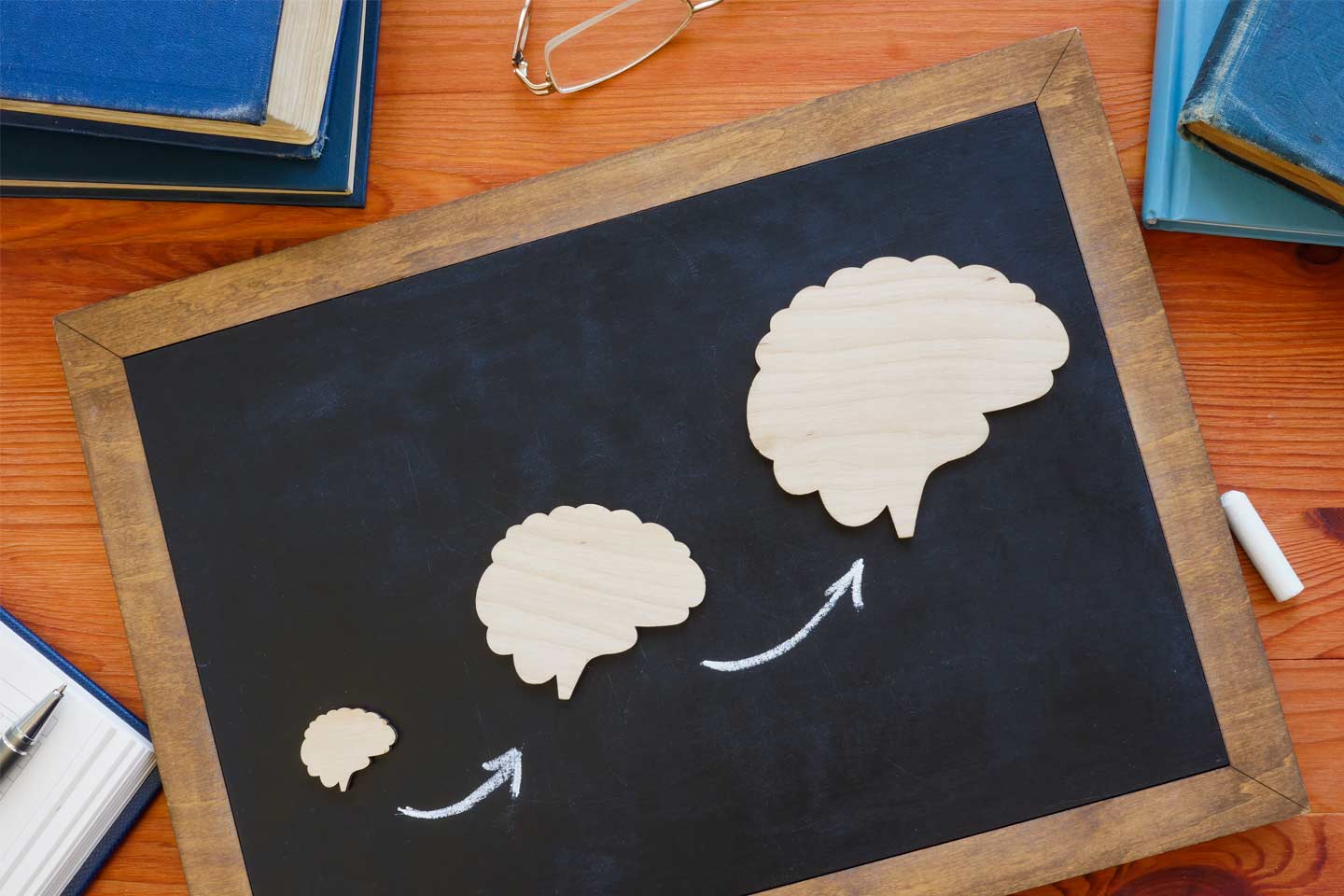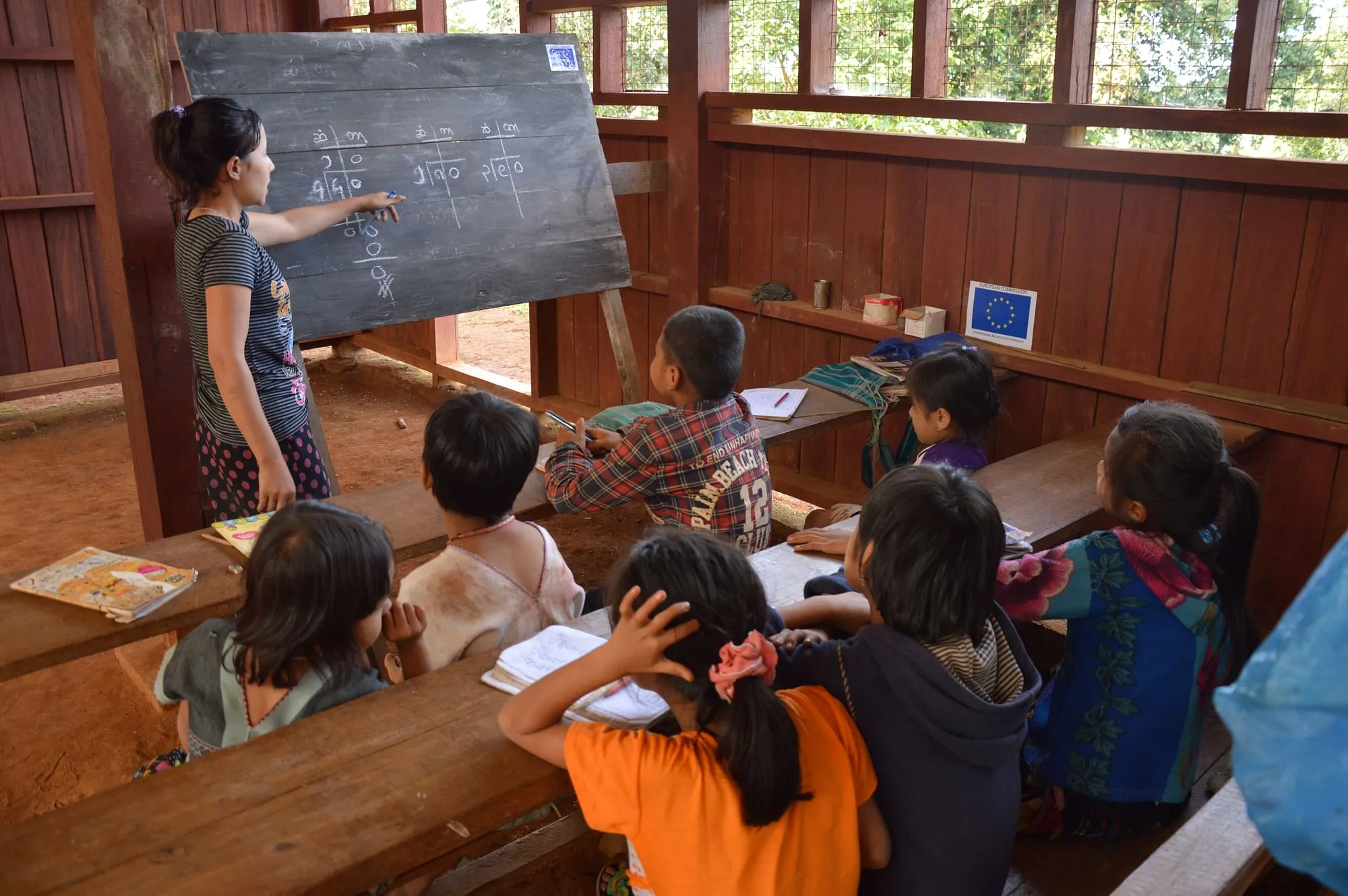The Future of Education: Innovation, Challenges, and Opportunities
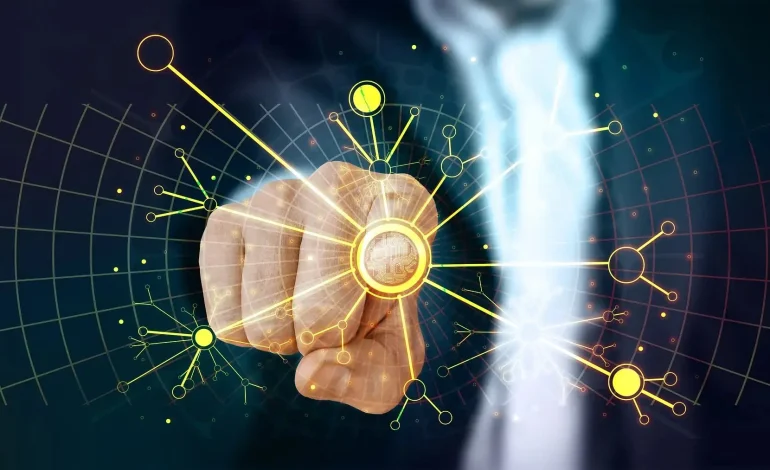
Education has always been a cornerstone of human progress. From the earliest forms of knowledge-sharing through oral traditions to modern classrooms and online platforms, the way we teach and learn continues to evolve. In today’s world, education is not only about academic knowledge—it is about developing critical thinking, digital literacy, emotional intelligence, and adaptability to thrive in an ever-changing society.
As we step further into the 21st century, education faces both exciting opportunities and pressing challenges. Innovations in technology, evolving job markets, and shifting cultural values are transforming how people learn, while inequalities and resource gaps remain significant obstacles. Understanding these dynamics helps us prepare for the future of learning.
The Changing Role of Education in Society
Education is no longer limited to preparing students for a single career. Instead, it must equip individuals with skills for lifelong learning. The global economy now demands workers who can adapt to technological change, collaborate across cultures, and solve complex problems.
Modern education systems emphasize skills such as:
-
Critical thinking and problem-solving
-
Digital literacy and technological fluency
-
Communication and collaboration
-
Creativity and innovation
-
Social and emotional intelligence
These competencies go beyond memorization; they prepare learners to navigate a world where knowledge evolves rapidly and industries transform overnight.
Technology in Education: The Rise of Digital Learning
Technology has revolutionized education, making knowledge more accessible than ever before. Online platforms, e-learning tools, and digital classrooms have broken down geographical and financial barriers.
Key innovations include:
-
E-Learning Platforms – Websites and apps like Coursera, Udemy, and Khan Academy provide courses on nearly every subject imaginable, often at low or no cost.
-
Virtual Classrooms – Tools like Zoom and Microsoft Teams connect students and teachers from across the globe, creating interactive online environments.
-
Artificial Intelligence (AI) – AI-driven platforms personalize learning by adapting to student needs, offering customized feedback, and predicting areas of struggle.
-
Gamification – Incorporating games and challenges into lessons increases engagement and motivation, especially among younger learners.
-
Virtual Reality (VR) and Augmented Reality (AR) – These immersive tools allow students to explore history, science, and art in ways that traditional textbooks cannot.
Technology has not only enhanced access to education but also changed teaching methods, making learning more interactive, flexible, and inclusive.
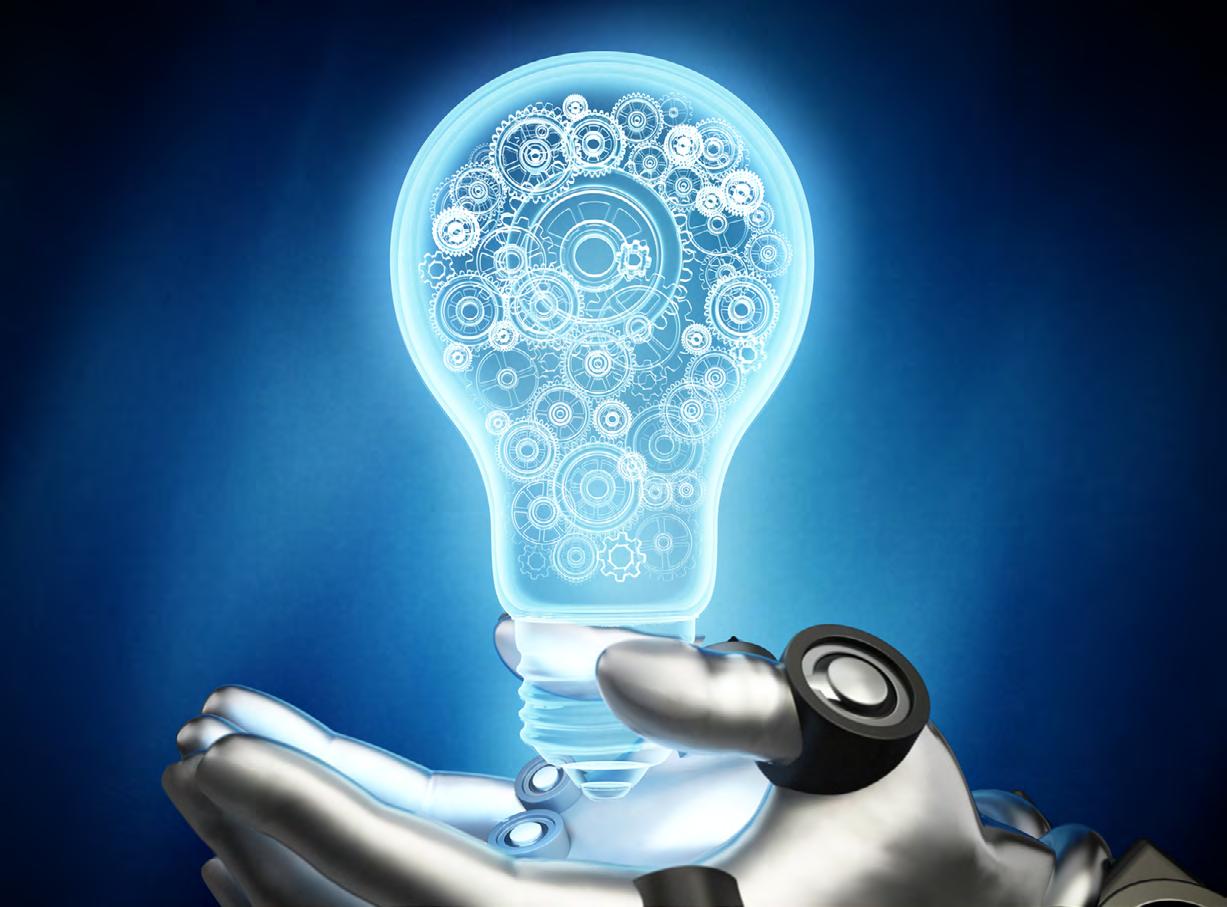
Lifelong Learning: Education Beyond the Classroom
Gone are the days when education ended with graduation. In today’s fast-paced world, lifelong learning is essential. Professionals must continuously update their skills to keep up with technological advancements and industry shifts.
Employers are increasingly valuing continuous education, offering training programs, workshops, and certifications to keep employees competitive. Platforms like LinkedIn Learning and Skillshare make it easy for individuals to pursue professional development on their own time.
Beyond careers, lifelong learning also enriches personal development. People pursue courses in cooking, art, languages, and fitness as hobbies, demonstrating that education is as much about personal growth as it is about employment.
Education and Equity: Bridging the Gap
Despite advances, significant inequalities persist in education. Access to quality education often depends on geography, socioeconomic status, and infrastructure. In developing countries, many children lack basic resources like textbooks, internet connectivity, or trained teachers.
The digital divide—the gap between those who have access to digital technologies and those who do not—has widened educational disparities. During the COVID-19 pandemic, millions of students worldwide were left behind because they lacked internet access or devices for online learning.
To address these inequalities, governments and organizations are investing in initiatives such as:
-
Expanding internet access in rural areas
-
Providing affordable or free devices to students
-
Training teachers in digital literacy
-
Creating open-source learning platforms
Achieving educational equity is critical for building fair and prosperous societies.
The Importance of Teachers in a Changing World
While technology is reshaping education, teachers remain irreplaceable. They play a vital role not only in delivering content but also in inspiring, mentoring, and supporting students. A computer can provide information, but it cannot replace the empathy, encouragement, and personalized guidance of a skilled educator.
Teachers today face new challenges. They must integrate technology into lessons, adapt to diverse learning styles, and support students’ mental health. Professional development programs that help teachers upgrade their skills are essential to ensuring quality education in the digital age.
Education and Mental Health
Academic achievement is important, but so is student well-being. Rising levels of stress, anxiety, and depression among students highlight the need for schools to prioritize mental health.
Educational institutions are beginning to integrate mental health support through:
-
On-campus counselors and psychologists
-
Mindfulness and stress management programs
-
Anti-bullying campaigns
-
Social-emotional learning (SEL) in the curriculum
By recognizing mental health as an integral part of education, schools can create environments where students are not only successful academically but also resilient and emotionally balanced.
The Future of Education: Trends to Watch
Looking ahead, education will continue to evolve, shaped by global challenges and technological innovation. Some key trends include:
-
Personalized Learning – AI-driven tools will create customized education paths tailored to individual strengths and weaknesses.
-
Blended Learning – A mix of traditional classrooms and online platforms will become the norm, offering flexibility and diversity in teaching.
-
Global Classrooms – Students from different countries will increasingly learn together, fostering cross-cultural understanding.
-
Skill-Based Education – Schools and universities will shift toward practical, skill-focused learning that prepares students for real-world challenges.
-
Sustainability Education – As climate change becomes a pressing issue, environmental literacy will be a key component of modern education.
These trends suggest that the future of education will be more inclusive, adaptive, and globally interconnected.
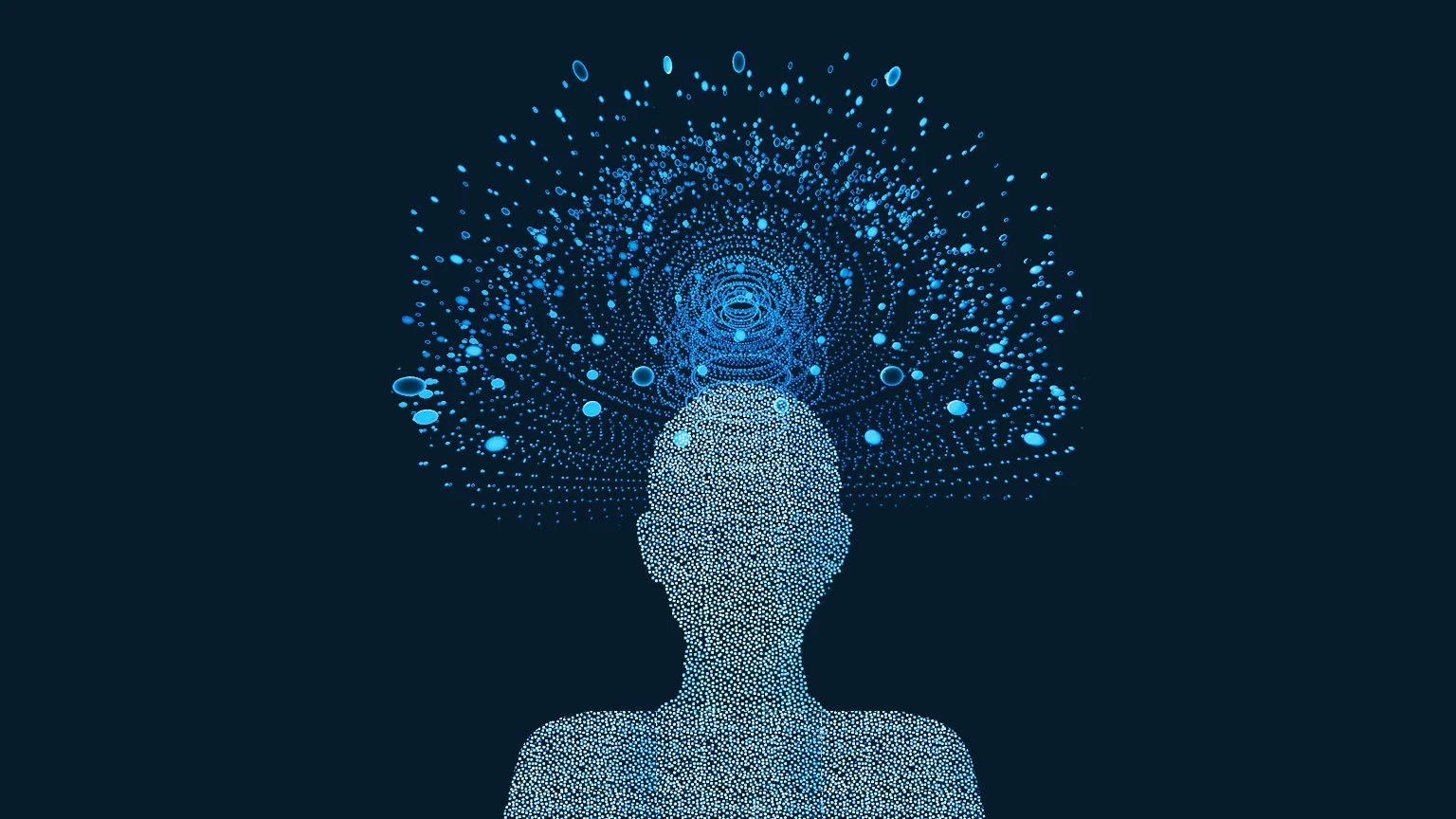
Conclusion
Education is one of the most powerful tools for shaping individuals and societies. As the world changes, so too must our approaches to teaching and learning. Technology, lifelong learning, equity, teacher development, and mental health are all vital areas where education is expanding and improving.
The future of education lies in innovation combined with inclusivity. By embracing new tools while ensuring equal access, societies can empower future generations to thrive in complex, interconnected worlds. Education will continue to be more than preparation for a job—it will be the foundation for personal growth, social progress, and global development.
At its heart, education is not just about acquiring knowledge—it is about fostering curiosity, resilience, and a lifelong love of learning. The more we invest in education today, the brighter and more sustainable our shared future will be.


